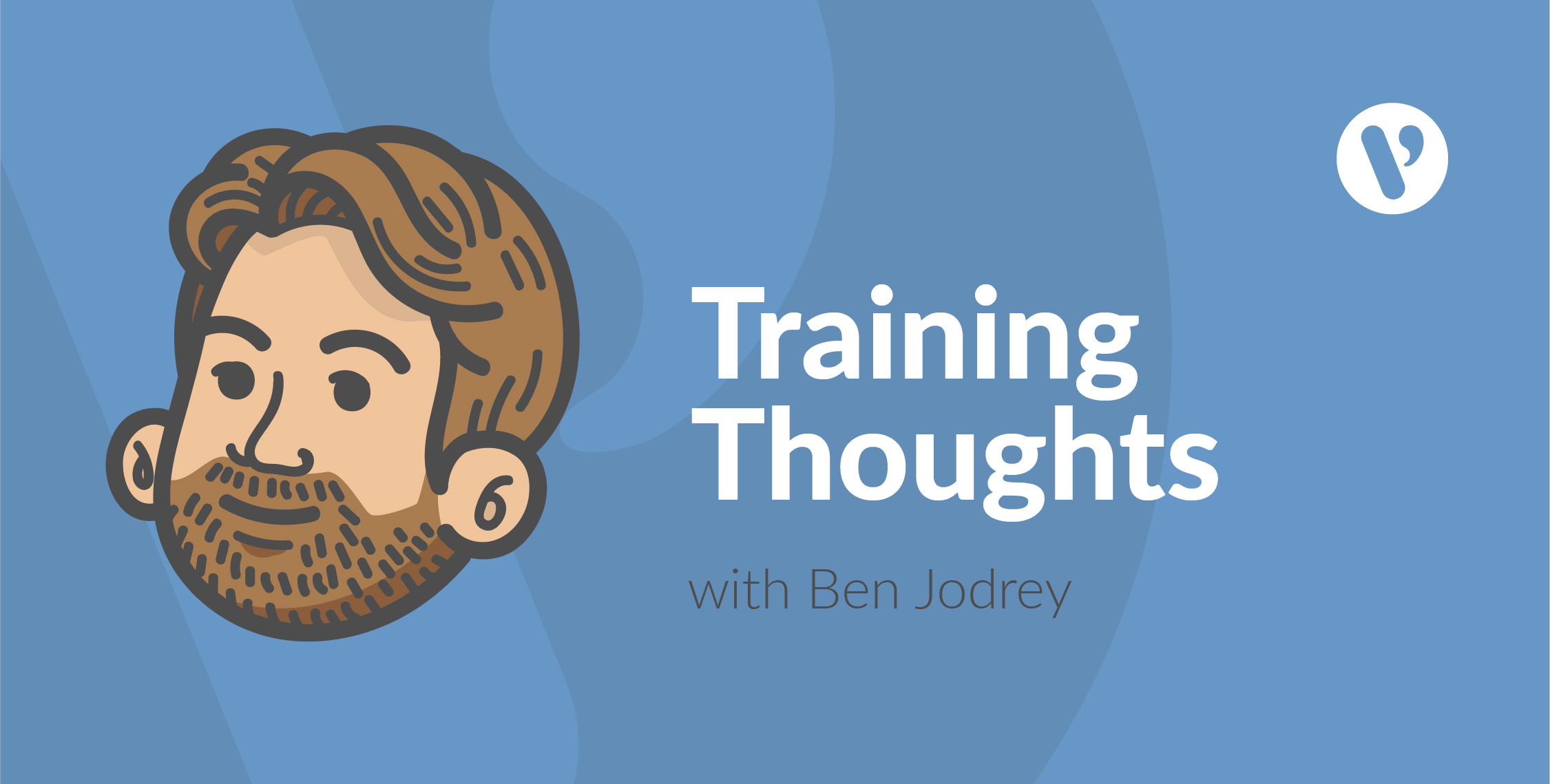Some Assessment Vocabulary
It is important to get to know the vocabulary related to assessment, otherwise you may think things are being written in some alien language. This is the second blog in a series that started with Assessment – Some Initial Thoughts.
Assessment is the gathering of information about what students are learning. Traditionally assessment activities have been assignments, tests, quizzes, reports, projects, and exams. Increasingly they have come to include student self-assessment, portfolio pieces, instructor observations or a whole host of outputs.
Evaluation is when an instructor ‘puts a mark’ to these output pieces. Instructors use their best judgment about how the student has performed based on the evidence at hand.
It is important as well, to look at the timing of assessment. We probably all remember the anxiety of the final exam – especially for those few university courses where exams were worth 100 per cent. Besides the anxiety for students, having assessment heavily weighted at the end of a program rarely makes sense.
Continuous Assessment benefits students because it creates an opportunity to promote learning and creates a learning-centered atmosphere. Students can use feedback from assessments to help them evaluate their learning and adjust their methods accordingly.
Norm-referenced evaluation compares an individual student’s performance to the performance of a large group of students. This type of evaluation requires a group not normally seen in a classroom setting. It is usually reserved for provincial exams or other large-scale assessment project.
Criterion-referenced evaluation compares student performance to criteria based on learning outcomes and demonstrations of those outcomes. This is the best method for classroom evaluation, especially in flexible systems of instruction. The samples of assessment pieces collected, therefore, should relate to the demonstrations and can then be evaluated through rating scales or other performance rubric.
Criterion-referenced evaluation usually follows logical steps. For example:
Step 1: Use the demonstrations and critical assessment elements outlined in the curriculum document to establish and set assessment criterion. This should be done with each student, where possible.
Step 2: Select learning activities that will help students gain the knowledge or skills outlined in the criteria.
Step 3: Provide examples of the desired levels of performance.
Step 4: Conduct the learning activities. If students were not involved in the creation of the assessment criterion, they must be made aware of the criterion before they begin the activity.
Step 5: Conduct the assessment as set prior to the activity.
Step 6: Review the assessment data and evaluate each student’s level of performance or quality of work in relation to criteria.
Step 7: Give feedback to students on their performance.
Ben Jodrey is a content strategist at Velsoft Training Materials.



